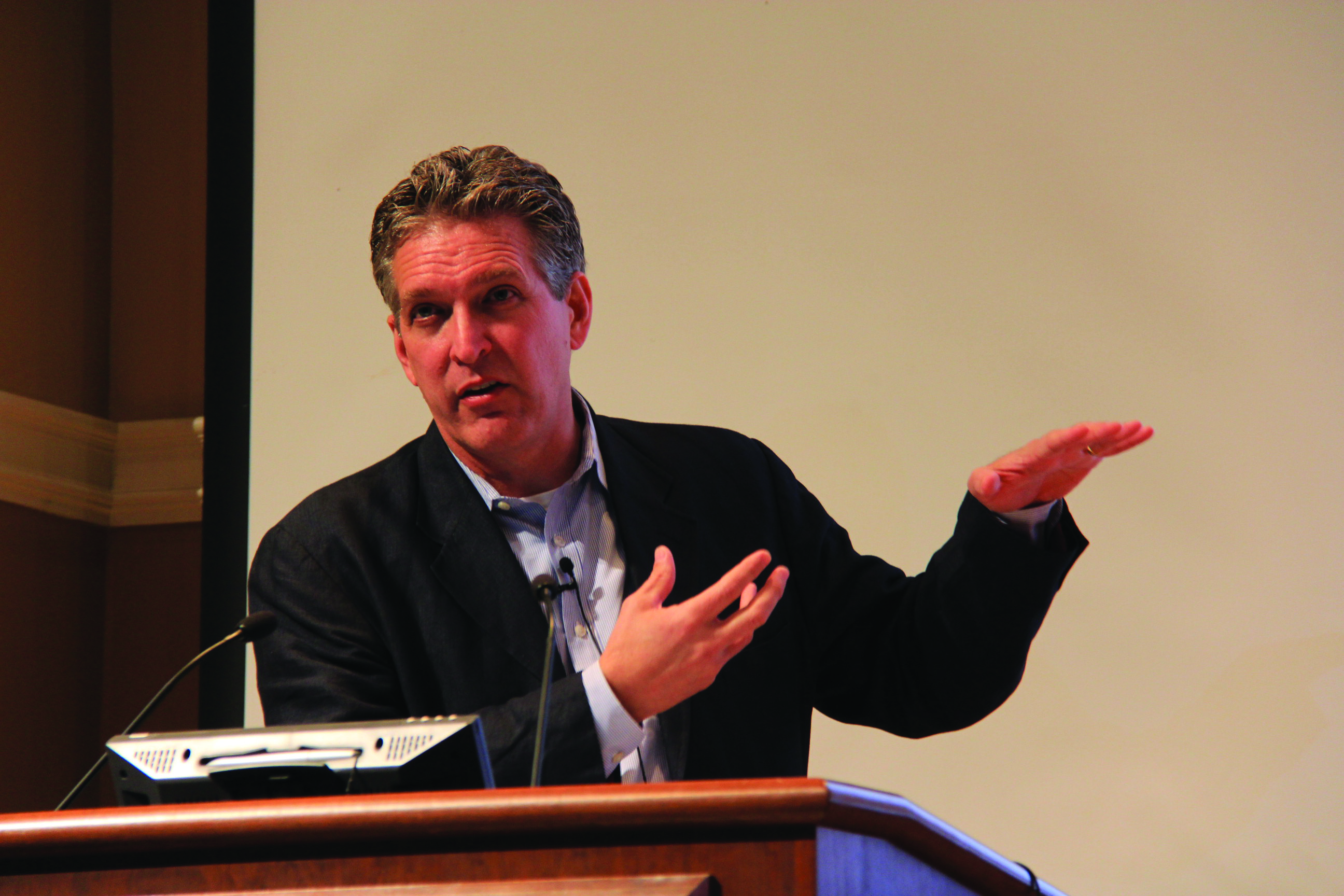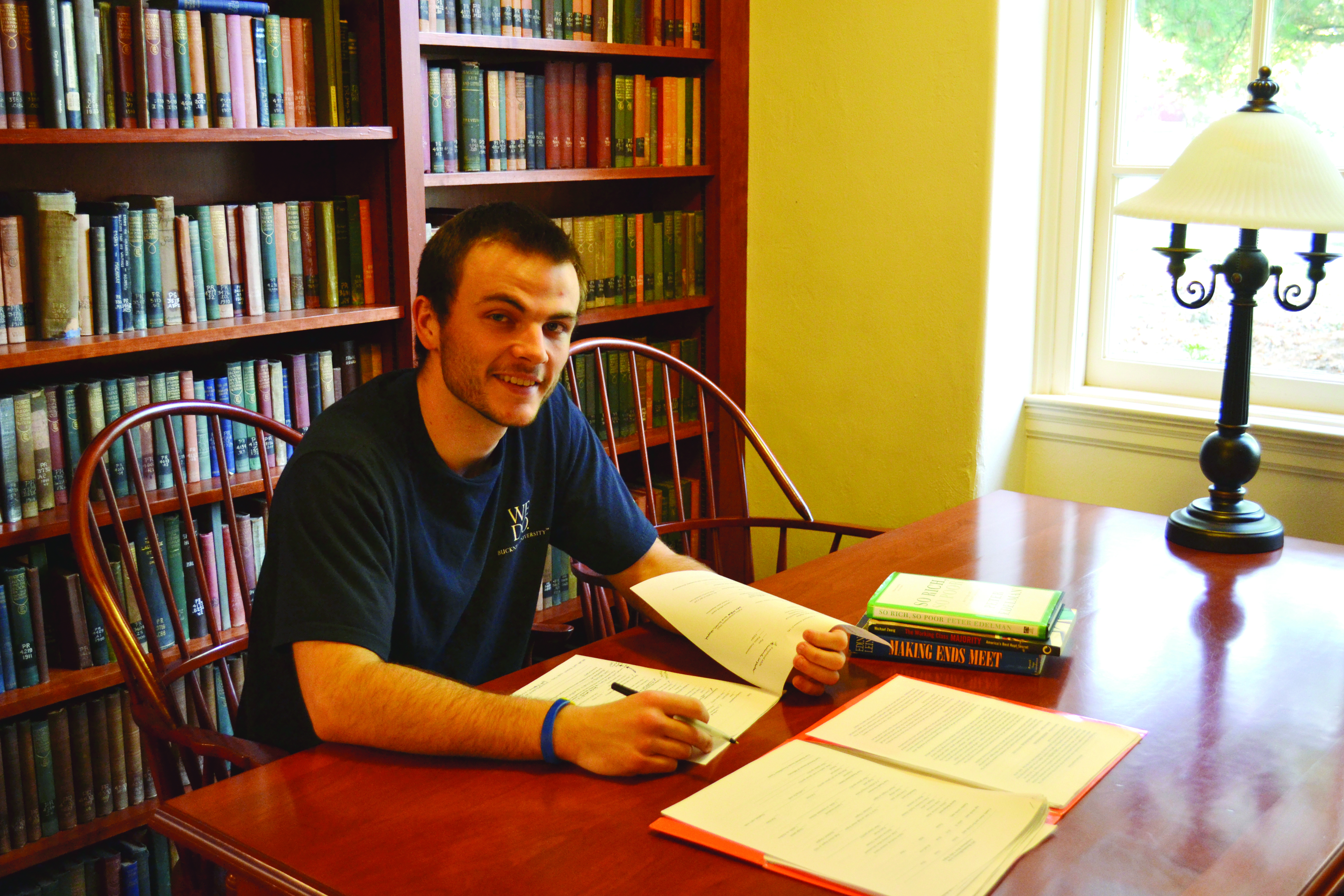By Shannon Beauregard
Writer
Assistant Professor of Physics and Astronomy Katelyn Allers published the discovery of a new rogue planet in the Journal of Astrophysical Journal letter last week in conjunction with a group of international astronomers.
Allers was part of a team that discovered a free-floating planet approximately 80 light years from earth. The international team of astronomers that discovered rogue planet PSO J318.5-22 has been tracking it for two years. Allers and her team found this planet when they were searching for brown dwarfs, or failed stars.
The planet does not have a star to attach it to a single orbit, and it is roaming at the slow speed of 20 km per second. They estimate that PSO J318.5-22 is 12 million years old.
“Imagine a firefly,” Allers said. “They are super easy to see by themselves, but hard to see under a car’s headlights. We have found a firefly that is not in the headlights, and can now study planets without light from a sun.”
This rogue planet has six times the mass of Jupiter and is the nearest free-floating planetary-mass object ever seen. Allers and her team have two hypotheses explaining how the planet ended up free-floating.
According to a study in Monthly Notices of the Royal Astronomical Society, a planet can become detached from its star when a passing star exerts its gravitational pull and yanks the planet out of orbit. It’s also possible that the parent star, upon ending its hydrogen-burning life and expanding into a red giant, could push a planet out of its system.
The second possibility is that the planet has been a loner from the beginning. It might have formed in isolation from a cloud of collapsed matter, one that did not have enough mass to ever reach the stage of fusing hydrogen, at which point it could have become a star.
Now that the team has found PSO J318.5-22, they can use its infrared signature as a model to find other rogue planets in the catalogues collected by Pan-STARRS.
Allers is leaving for Hawaii in less than two weeks to continue working her research with the rest of the team.

